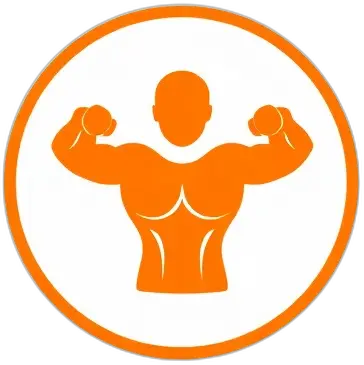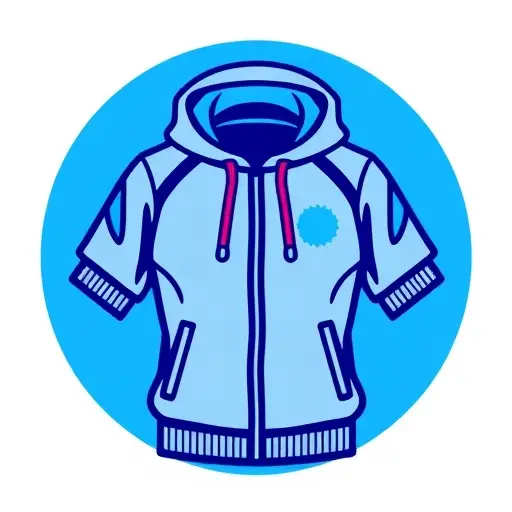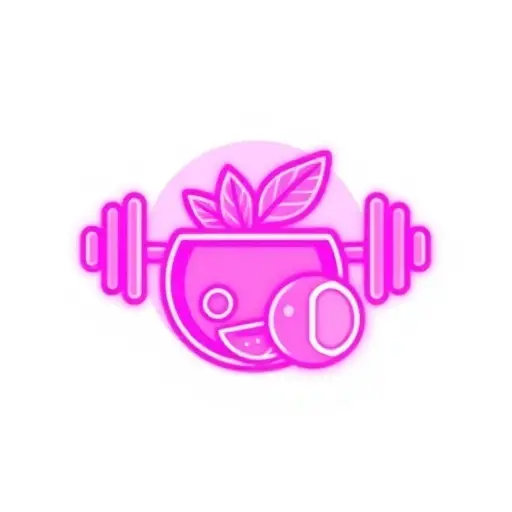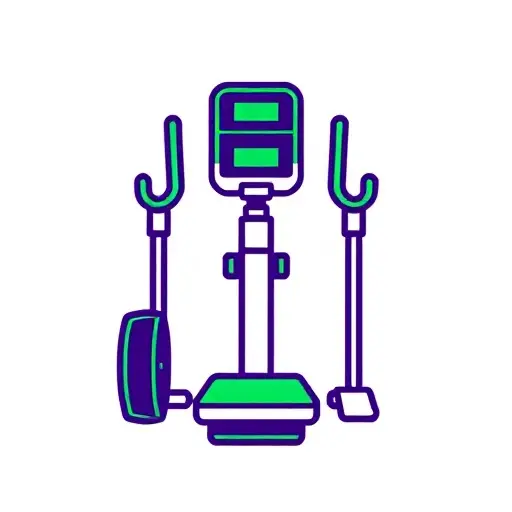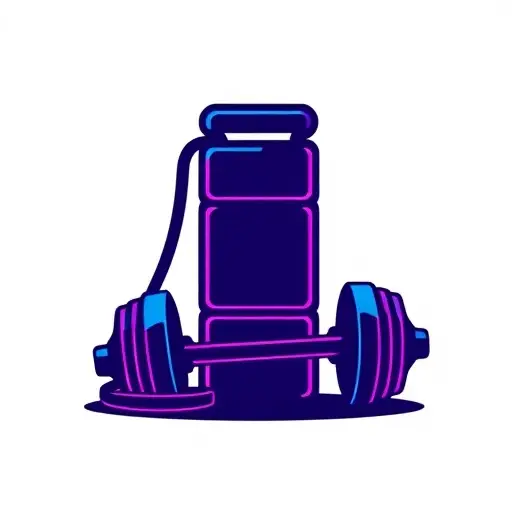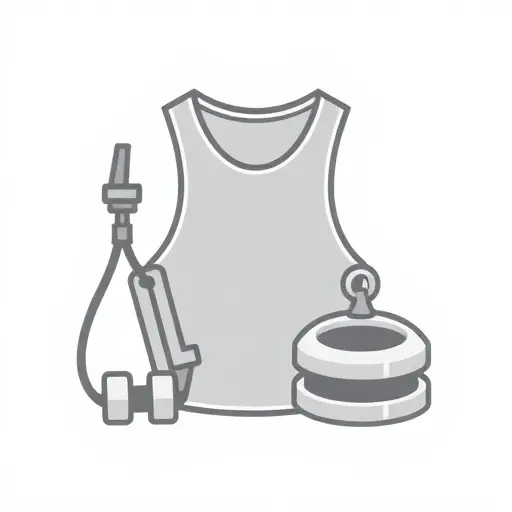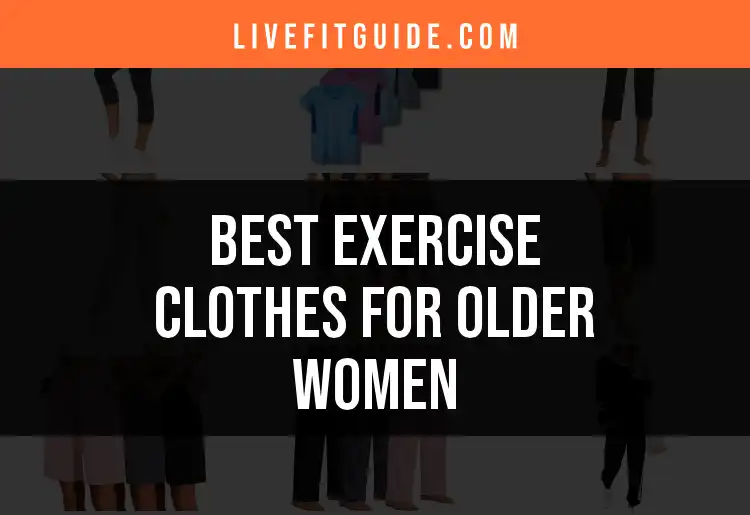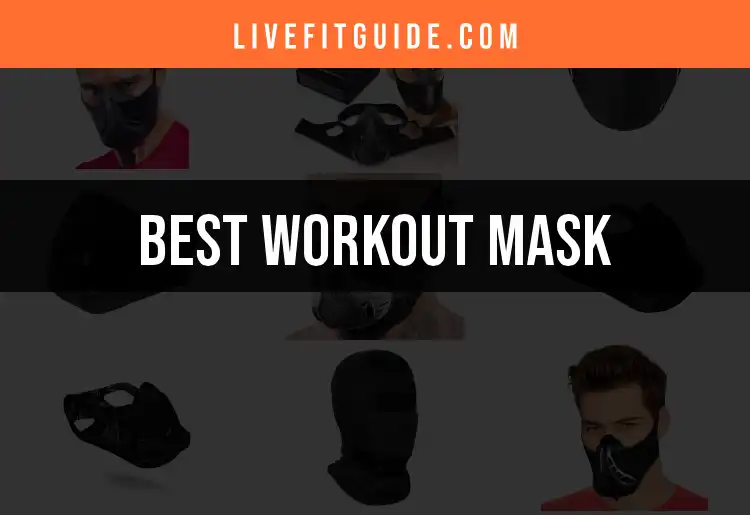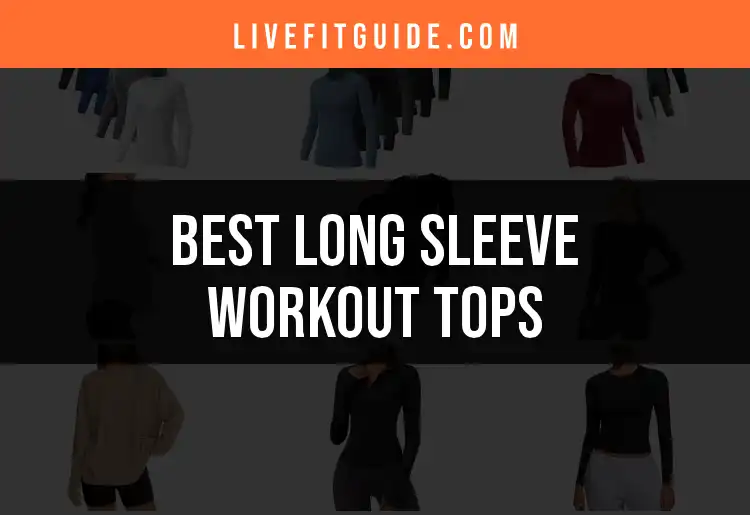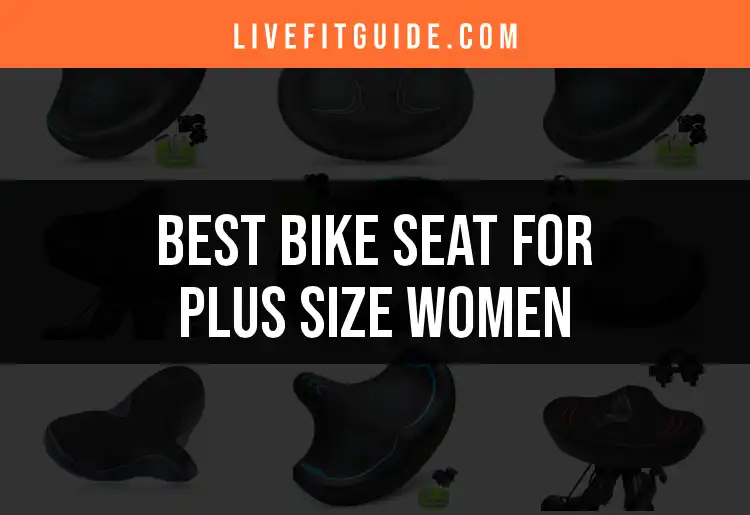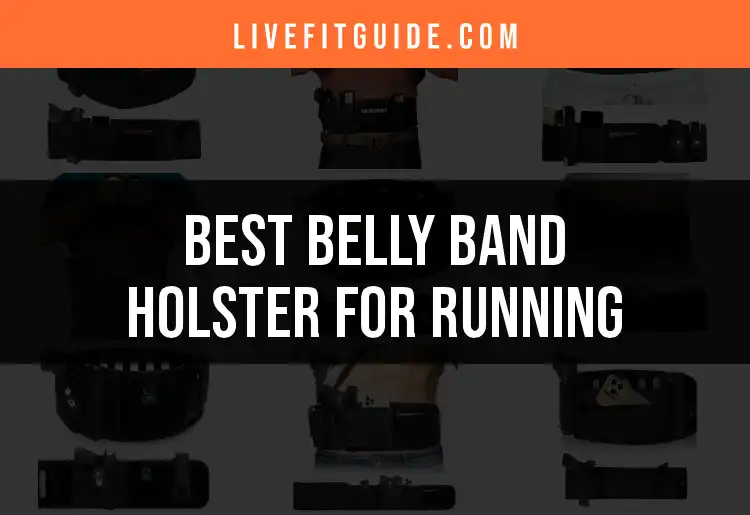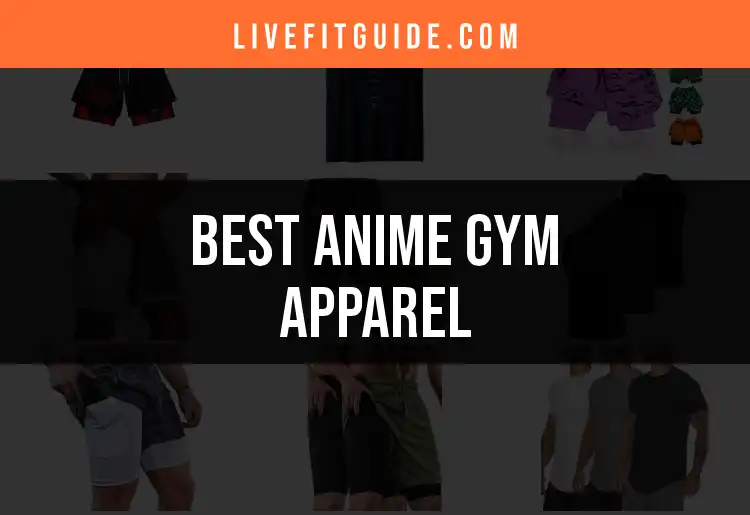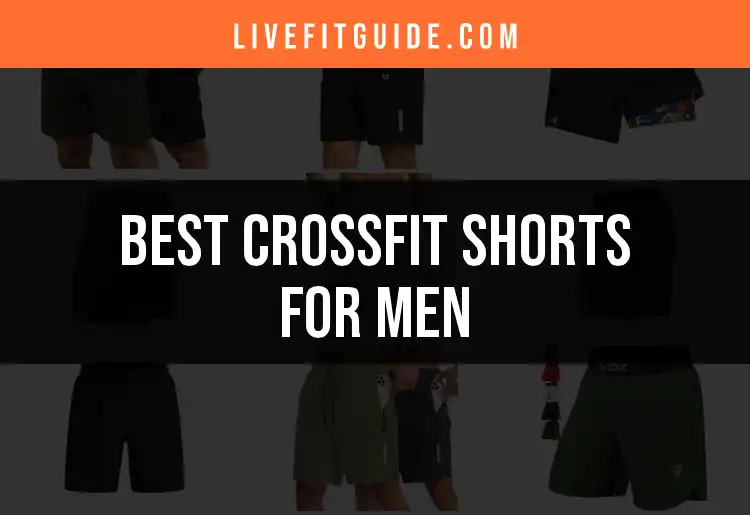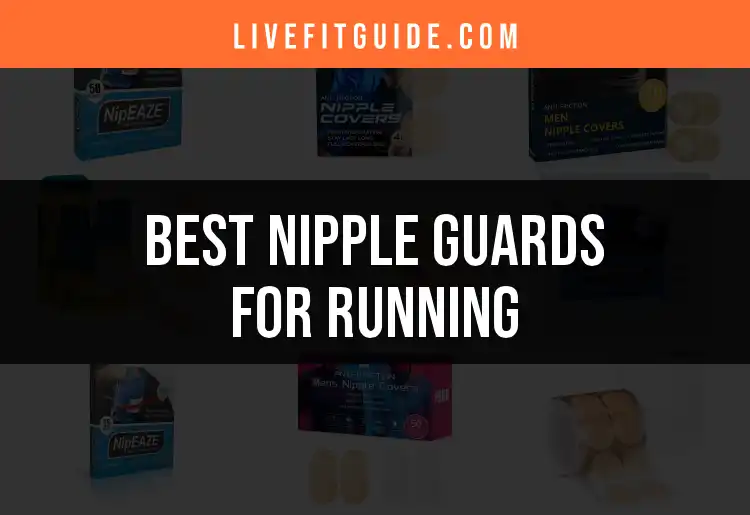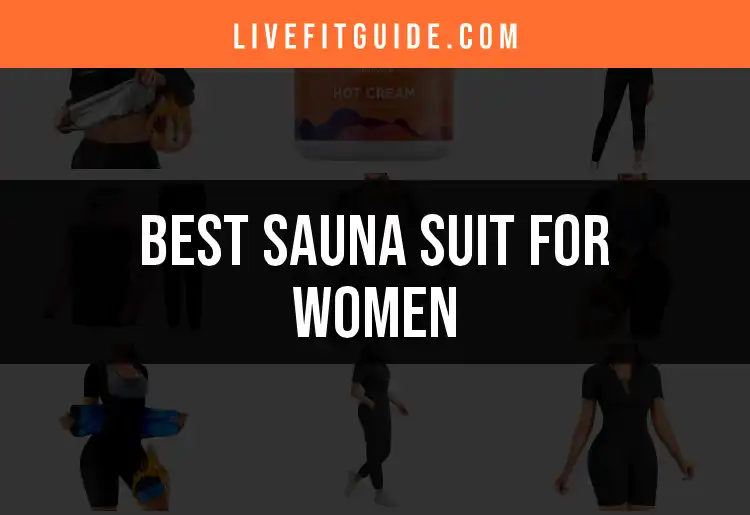Introduction to Fitness Attire
Staying active is essential for a healthy lifestyle, but the clothing and accessories you select play a major role in supporting your fitness journey. Wearing the right attire optimizes performance, reduces the risk of injury, boosts confidence, and enhances comfort during every type of workout.
Importance of Proper Fitness Attire
The correct clothing does more than simply cover your body. It can:
- Regulate temperature and manage sweat
- Minimize friction, chafing, and discomfort
- Support key muscle groups and joints
- Enhance mobility and flexibility
Factors to Consider When Choosing Attire
Comfort and Fit
Loose or tight garments can restrict movement or cause irritation. Look for attire that allows a full range of motion yet stays in place during movement.
Material and Breathability
Advanced technical fabrics, such as polyester blends and moisture-wicking cotton, provide both breathability and sweat management, crucial for high-intensity activities.
Support and Compression
Supportive items like sports bras, compression leggings, or structured waistbands can improve circulation and performance, and promote better muscle recovery.
Style and Personal Preference
Finding your style boosts motivation. Whether you love bold patterns or minimalist designs, choose what inspires you to keep moving.
Safety and Functionality
Some workouts, such as weightlifting or water aerobics, require gear designed for specific environments or to support vulnerable areas.
Workout Dress
When you think of athletic attire, a workout dress might not be the first thing that comes to mind. However, these are quickly becoming favorites for their blend of style, comfort, and practicality.
What Is a Workout Dress?
A workout dress is an athletic garment that combines the functionality of sportswear with the aesthetics of a dress. Typically, these dresses feature built-in shorts, supportive fabric, and a silhouette designed for active movement.
Types of Workout Dresses
- Athletic Skorts and Dresses: Great for tennis, golf, or cardio, providing coverage without bulk.
- Compression Dresses: Offer gentle shaping and muscle support, suitable for running or HIIT sessions.
- Specialty Sports Dresses: Designed for niche sports or activities, with added features like UV protection, extra stretch, or quick-drying properties.
Choosing the Best Workout Dress
When selecting a workout dress, prioritize:
- Moisture-wicking properties to keep you dry
- A fit that flexes with your movements
- The right length for your comfort and range of motion
- Styles that align with your aesthetic preferences
Benefits of Wearing a Workout Dress
Enhanced ease of movement, breathability, and confidence top the list, but choosing the right design also reduces distractions during activity. Many women find their motivation gets a boost when their attire is both functional and flattering.
Care for Workout Dresses
- Wash in cool water with mild detergent
- Avoid fabric softeners, which can hinder moisture management
- Air dry when possible to maintain fabric integrity
For a comprehensive look at styles, materials, and fit, see the guide on finding your ideal workout dress for comfort and performance.
Bathing Suits for Water Aerobics
Water aerobics is low impact but requires apparel that performs under unique conditions. Standard swimwear often lacks the durability and support necessary for consistent pool workouts.
Why Specialized Swimwear Matters
Water aerobic routines often include vigorous movement and resistance training. Swimsuits designed for these workouts provide:
- Sturdy material that withstands chlorine
- Secure straps and higher coverage to prevent wardrobe malfunctions
- Enhanced comfort for extended sessions
Key Features of Water Aerobics Suits
- Chlorine-Resistant Fabric: Prolongs suit life
- Ample support: Some designs include shelf bras or built-in cups for stability
- Full coverage options: For confidence and comfort, especially during group classes
Selecting the Best Water Aerobics Bathing Suit
Consider:
- Materials that resist breakdown from chlorine and salt
- Suits designed for movement, not just lounging
- Reinforced seams and linings
Types of Suits
- Classic athletic one-pieces
- Tankinis or bikinis with supportive bands
- Full-coverage suits with longer legs or sleeves
Taking Care of Your Swimsuit
- Rinse immediately after workouts
- Avoid wringing, which can damage elasticity
- Dry flat away from direct heat and sun
To compare styles and find the best options, check out the resource on bathing suits tailored for water aerobics durability and fit.
Full Finger Workout Gloves
Gloves are not only for the winter months—they are invaluable in the gym, too, particularly for lifters, climbers, and cross-trainers.
Benefits of Full Finger Coverage
Full finger gloves shield your entire hand, offering:
- Added grip for bars, weights, or ropes
- Protection from calluses, blisters, and abrasions
- Enhanced hygiene in communal gym settings
Essential Features to Look For
- Breathable material to prevent excess sweat build-up
- Grippy palms, often made of silicone or other textured materials
- Fit that hugs the hand without constriction
- Sufficient padding to cushion pressure points
Situations Where Gloves Shine
- Barbell work
- HIIT and functional training
- Racket sports
- Outdoor workouts
Using and Maintaining Gloves
Wear gloves that properly fit—too loose and they slip, too tight and they limit motion. Clean them regularly per manufacturer guidelines to avoid odor and bacterial build-up.
For recommendations and comparative reviews, explore detailed insights on choosing the right full finger workout gloves for comprehensive hand protection.
Gym Gloves with Wrist Support
Anyone who lifts weights or performs exercises that stress the wrists can benefit from gloves with integrated wrist support.
Why Wrist Support Matters
The wrist is vulnerable during heavy lifts, bodyweight exercises, and some calisthenics moves. Proper wrist support:
- Stabilizes the joint during load-bearing movements
- Helps prevent strains, sprains, and repetitive stress injuries
- Improves grip and overall confidence during training
Features of Wrist-Supporting Gym Gloves
- Extra-long straps or adjustable bands
- Constructed with durable but flexible textiles
- Padded or reinforced palm areas for enhanced protection
Choosing the Right Pair
- Ensure wristbands can adjust to the level of support you need
- Look for breathable materials to keep hands cool
- Opt for a snug, non-restrictive fit
Maintenance
Most gym gloves can be hand-washed or machine-washed on a gentle cycle. Regular cleaning extends their life and keeps them hygienic.
For a breakdown of the best options and tips for use, visit the in-depth guide to selecting gym gloves with superior wrist support for weight training and crossfit.
Waist Trainer After Tummy Tuck
Post-surgery, the right waist support can make a significant difference in both comfort and results. However, specific guidelines must be followed to ensure safety.
The Role of Waist Trainers Post-Tummy Tuck
A thoughtfully designed waist trainer provides:
- Gentle compression to help minimize swelling
- Support to the abdominal region for enhanced healing
- Assistance with posture to reduce strain on healing areas
What to Look For
- Soft yet strong materials that don’t irritate incisions
- Adjustable sizing to accommodate shifting swelling
- Easy closures for effortless dressing, even when mobility is limited
Safely Using a Waist Trainer
- Always consult your surgeon or care provider before using
- Gradually increase wear-time as recommended
- Listen to your body—remove immediately if discomfort occurs
Selection and Maintenance
Choose trainers designed for recovery, not just shaping. Wash frequently according to label instructions, and rotate between two trainers if wearing one long-term.
For practical advice, reviews, and top picks, consult the thorough guide on picking a safe and effective waist trainer for post-tummy tuck recovery.
Arm Shapers for Flabby Arms
Many seek discreet support to tone the appearance of the upper arms. While arm shapers aren’t a substitute for exercise, they offer several benefits both in and out of the gym.
Why Try Arm Shapers
- Compression helps smooth out uneven contours
- May enhance circulation and warmth during workouts
- Offer modesty or aesthetic benefits under certain clothing
Types of Arm Shapers
- Sleeves: Resemble long, fitted arm warmers
- Wraps: Bandages or adjustable support bands
- Full Coverage: Designed to go from upper arm to wrist
Key Features for Selection
- Quality, moisture-wicking fabrics to prevent overheating
- Graded compression strength appropriate for usual activity
- Seams and finishes that don’t dig into the skin
How Effective Are They?
Compression wear can immediate improve contour and appearance, but for sustained results, pair with exercise such as resistance training. Arm shapers are best viewed as complementary to a comprehensive fitness plan.
Care and Wearing Tips
Follow washing instructions precisely to maintain elasticity, and ensure a snug but not restrictive fit.
For specific recommendations and comparison shopping, read the detailed discussion on the most comfortable and supportive arm shapers for women.
Additional Attire Recommendations
Beyond these specialty items, there are numerous other elements to fine-tune your workout wardrobe:
Footwear Considerations
Proper gym shoes are vital. Running, weightlifting, or cross-training shoes each offer different support and flexibility. Consider replacing worn-out soles frequently for best results.
Headgear and Accessories
Sweat-wicking headbands, moisture-absorbing caps, and fitness watches are all options for convenience and comfort.
Layering for Climate
Cold environments may require compression tights under shorts or fitted jackets over tanks. In heat, look for mesh panels, lighter colors, and strategic ventilation.
Adapting to Season and Environment
Packable rain jackets, thermal leggings, or UV-resistant clothing ensure your workout attire always matches the environment.
Summary of Key Attire Choices for Various Fitness Goals
Personalize your attire based on your unique goals. For example, endurance athletes may emphasize lightweight, sweat-wicking apparel, whereas powerlifters invest in wrist and joint support. Upgrade as you progress and your needs evolve.
FAQs on Fitness Attire
How Do I Choose the Right Fit for Workout Clothes?
Try several brands, read sizing reviews, and move in the changing room to see if the garment stays put and doesn't pinch or bunch.
What Materials Are Best for Sweat Management?
Polyester-blends, bamboo, TENCEL, and high-quality nylon all perform well for most athletes.
Can I Mix and Match Different Attire Types?
Absolutely. For example, you can wear arm shapers with a workout dress, or combine gym gloves with your favorite wrist wraps.
How Often Should I Replace My Fitness Gear?
Replace when you notice loss of elasticity, thinning fabric, fading, or a reduction in support.
Are There Any Attire Tips for Specific Body Types?
Yes—choose items that address your concerns and enhance your assets, like high-waisted leggings for extra core support, or adjustable straps for better bust fit.
For deep-dive articles on specific items, follow the internal links provided throughout this guide for expert reviews and top recommendations on each piece of essential fitness attire.
